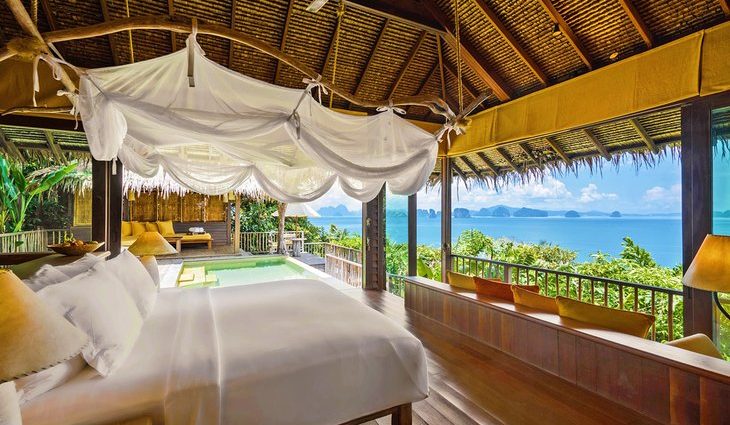In the early modern era, inns began to serve the richer classes and their guests, and increased in size and service. In 1768, Exeter opened its first modern hotel. The primary purpose of hotels changed dramatically in the nineteenth century, when the Mivart’s Hotel in London opened its doors. It was later renamed Claridge’s. Hotels became increasingly luxurious, and their use for business and politics increased significantly.
While the primary purpose of hotels is to offer accommodation to travelers, they serve several other purposes as well. They can provide luxurious accommodation, convenient accommodations for conferences, and even a place to stay for a night in a new environment. In addition to this, they can offer food and beverages to guests. A hotel’s location makes them ideal for people who travel for business or pleasure. And a hotel is a place where people can relax after a long day at work.
Over the centuries, hotels have served as a societal hub, a place for public assembly, a home for tourists, and an economic engine. They’ve changed the way people travel and extended the reach of urban culture. And their aesthetics contribute to the beautification of cities. Not only are hotels a vital part of a city, but they are also an index of its real estate, a model of the quality of living, and an aspirational object for those who stay there.
As the hotel industry continues to evolve, it is important to explore its antecedents. Since the hotel industry is a low-profit sector, hotels find it difficult to measure employees’ PEBs in terms of money. Because hotel employees must take the program voluntary, hotels can reduce their costs and still reach the original economic goal. But the question remains whether hotel employees will engage in the program to maximize the benefits. So, research is needed to understand the motivations behind the positive spillovers of PEBs in the workplace.
The rapid growth of the automobile influenced the hotel industry. Fordist mass production encouraged standardized standards in hotel facilities. In the late nineteenth century, the rise of automobiles spawned new types of hotels. To accommodate the growing tide of tourists, resort hotels were built in scenic rural areas. Then came commercial hotels. These were much more affordable than luxury hotels, and served the increasing ranks of traveling salesmen. Railroads also began building railroad hotels at regular intervals along the rail lines, providing lodging and resting for travelers until the advent of sleeping cars.
Apart from their primary purpose, hotels are classified according to their size and number of rooms. The size of hotels refers to the number of beds, not the number of other amenities. Apart from the number of rooms, hotels also have office spaces and facilities. Small hotels typically have fewer than 50 rooms, while medium-sized hotels have between fifty and 100 rooms. The size of the rooms determines the price, location, and amenities of a hotel.

